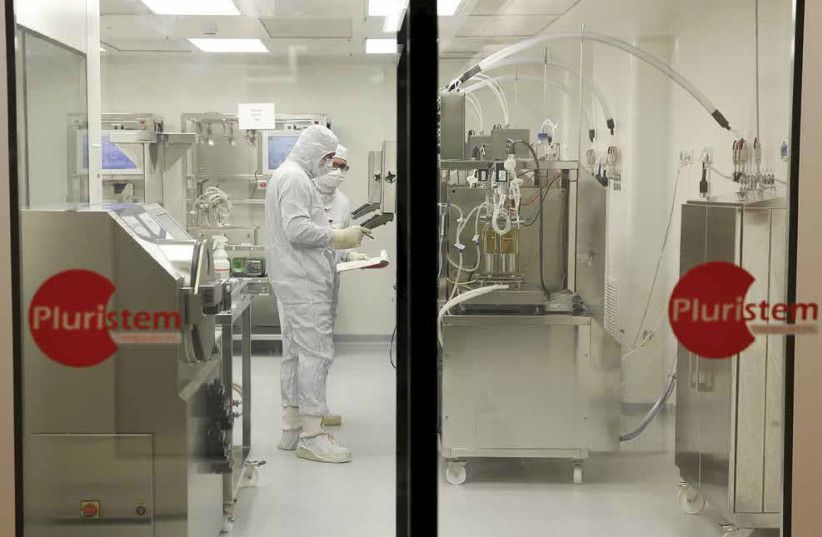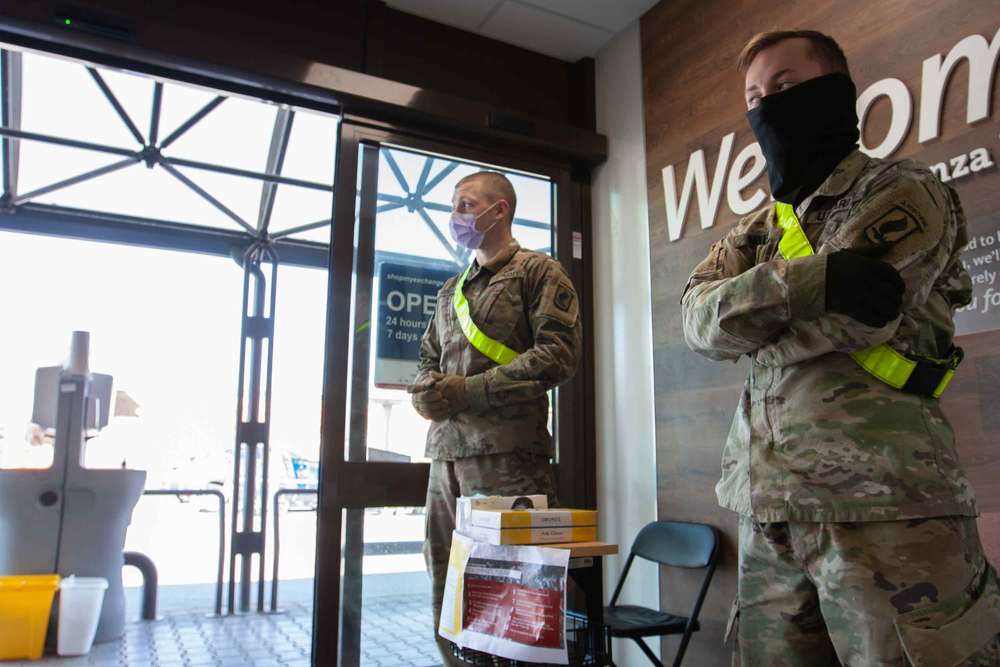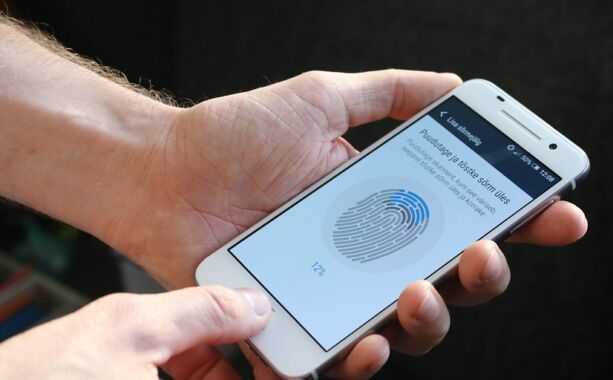Apr 8, 2020
Israeli COVID-19 treatment shows 100% survival rate
Posted by Omuterema Akhahenda in category: biotech/medical
Not only have all the patients survived, according to Pluristem, but four of them showed improvement in respiratory parameters and three of them are in the advanced stages of weaning from ventilators. Moreover, two of the patients with preexisting medical conditions are showing clinical recovery in addition to the respiratory improvement.
“We are pleased with this initial outcome of the compassionate use program and committed to harnessing PLX cells for the benefit of patients and healthcare systems,” said Pluristem CEO and president Yaky Yanay. “Pluristem is dedicated to using its competitive advantages in large-scale manufacturing to potentially deliver PLX cells to a large number of patients in significant need.”
Pluristem’s PLX cells are “allogeneic mesenchymal-like cells that have immunomodulatory properties,” meaning they induce the immune system’s natural regulatory T cells and M2 macrophages, the company explained in a previous release. The result could be the reversal of dangerous overactivation of the immune system. This would likely reduce the fatal symptoms of pneumonia and pneumonitis (general inflammation of lung tissue).

 Abstract: Quantum optics is the study of the intrinsically quantum properties of light. During the second part of the 20th century experimental and theoretical progress developed together; nowadays quantum optics provides a testbed of many fundamental aspects of quantum mechanics such as coherence and quantum entanglement. Quantum optics helped trigger, both directly and indirectly, the birth of quantum technologies, whose aim is to harness non-classical quantum effects in applications from quantum key distribution to quantum computing. Quantum light remains at the heart of many of the most promising and potentially transformative quantum technologies. In this review, we celebrate the work of Sir Peter Knight and present an overview of the development of quantum optics and its impact on quantum technologies research. We describe the core theoretical tools developed to express and study the quantum properties of light, the key experimental approaches used to control, manipulate and measure such properties and their application in quantum simulation, and quantum computing.
Abstract: Quantum optics is the study of the intrinsically quantum properties of light. During the second part of the 20th century experimental and theoretical progress developed together; nowadays quantum optics provides a testbed of many fundamental aspects of quantum mechanics such as coherence and quantum entanglement. Quantum optics helped trigger, both directly and indirectly, the birth of quantum technologies, whose aim is to harness non-classical quantum effects in applications from quantum key distribution to quantum computing. Quantum light remains at the heart of many of the most promising and potentially transformative quantum technologies. In this review, we celebrate the work of Sir Peter Knight and present an overview of the development of quantum optics and its impact on quantum technologies research. We describe the core theoretical tools developed to express and study the quantum properties of light, the key experimental approaches used to control, manipulate and measure such properties and their application in quantum simulation, and quantum computing.















